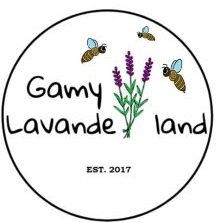Lavender does not need to be presented in any special way. We all know very well that it is a medicinal herb, it comes from the Mediterranean, it is most famous for French growers and perfumers.
There are not many herbs that would bring benefits and pleasure to a person, like lavender. That’s why it has won our hearts for millennia.
Lavender must not be missing in any garden.
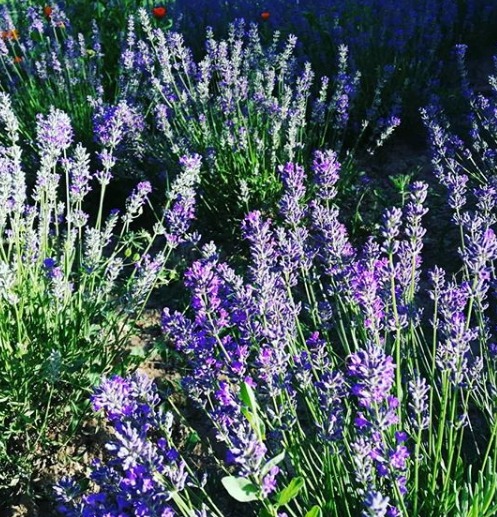
History and future of lavender
The ancient Egyptians and Arabs were well aware of the effects of this medicinal plant, and even then they were able to obtain fragrant essences from it. They used essential oil to make simple perfumes and to mummify the bodies of the dead. Archaeologists also found a vessel with lavender oil and lavender in the tomb of Pharaoh Tutankhamun, it was to be used for posthumous use. They later found out that the Egyptians (1318 BC) made simple „perfumes“ from lavender, lavender was the scent of the highest social class – the pharaohs and kings.
Later, the ancient Greeks and Romans also liked this plant, used lavender for washing and therefore called it „lavare“. And from them comes the name of this plant lavender. For example, the scent of lavender was also used by Queen Cleopatra.
Lavender was planted in their royal gardens by Elizabeth I, Mary Bourbon, Empress Josephine, Queen Victoria. Lavender was behind the birth of aromatherapy in the 20th century.
In the second half of the 20th century, lavender became an industrial plant in France, where growers planted it in their fields (by the way, lavender also grew at an altitude of 1000 m above sea level). Later, several growers realized the importance of this plant and began to grow in large numbers in other countries such as Bulgaria, Turkey, USA, Australia.
Lavender has become an endangered plant in France because climate change and warming have brought insects from Africa that parasitize it and destroy it on a large scale.
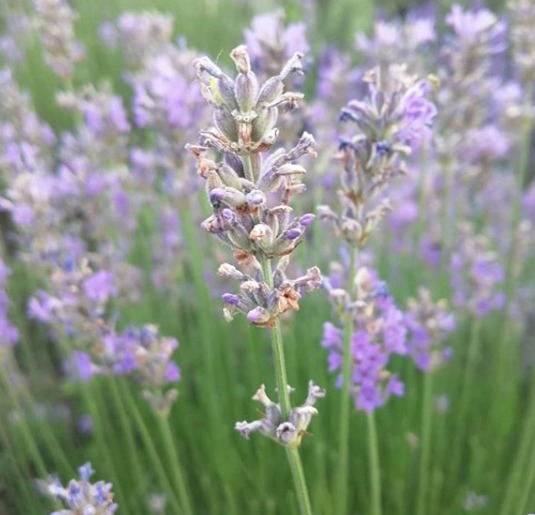
Properties of queen plants
Antibacterial effects, against infectious and removes the fungal environment – has antiseptic and bactericidal properties, suspends the excessive development of fungi and bacteria. Cures digestive problems, intestinal and kidney colic, menstrual pain – relieves cramps.
It has a diuretic effect. It supports the formation of bile and the proper functioning of the gallbladder. It acts against pain, helps treat inflammation (joint pain, gout, nerve inflammation). It calms, relieves tension, helps with sleep (headaches, migraines, insomnia). Accelerates the treatment of inflammation (treats sore throat, cough, bronchitis and in the oral cavity). Relieves pain, disinfects, accelerates wound healing (heals burns, open wounds, skin inflammation, eczema, skin diseases, acne, insect bites). It acts as a repellent, repels insects and parasites. It also repels herbivores with its scent (we recommend planting lavender next to your vegetable field and you will have it free of pests.
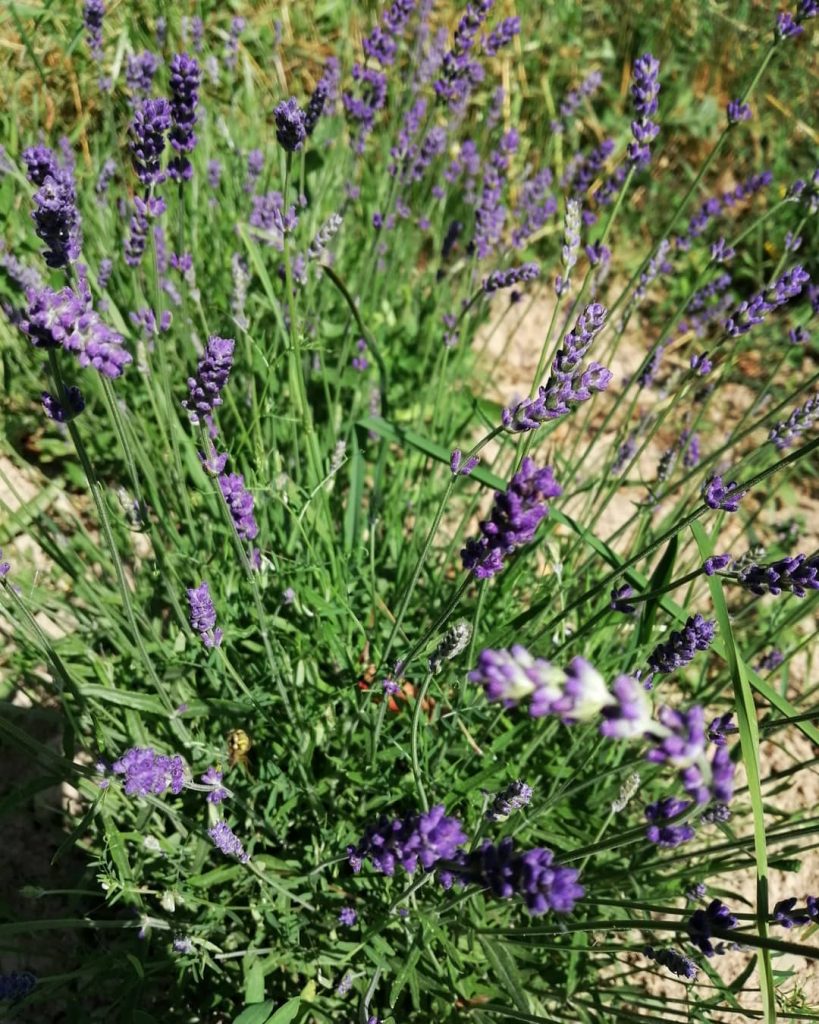
Lavender brother – LAVANDIN
The difference between lavender and lavandin is observable with the naked eye. It is a hybrid of true lavender and broad-leaved lavender. Lavender has three flowers on the stem and only one lavender. Lavandin can adapt to cultivation almost all over the world, it is propagated by shoots and not by seeds, on the contrary, lavender is propagated by seeds and creates a diverse mixture of scents. Also, the color and scent of lavender and lavandin are different. Lavandin essential oils are not as pronounced and varied as real lavender.
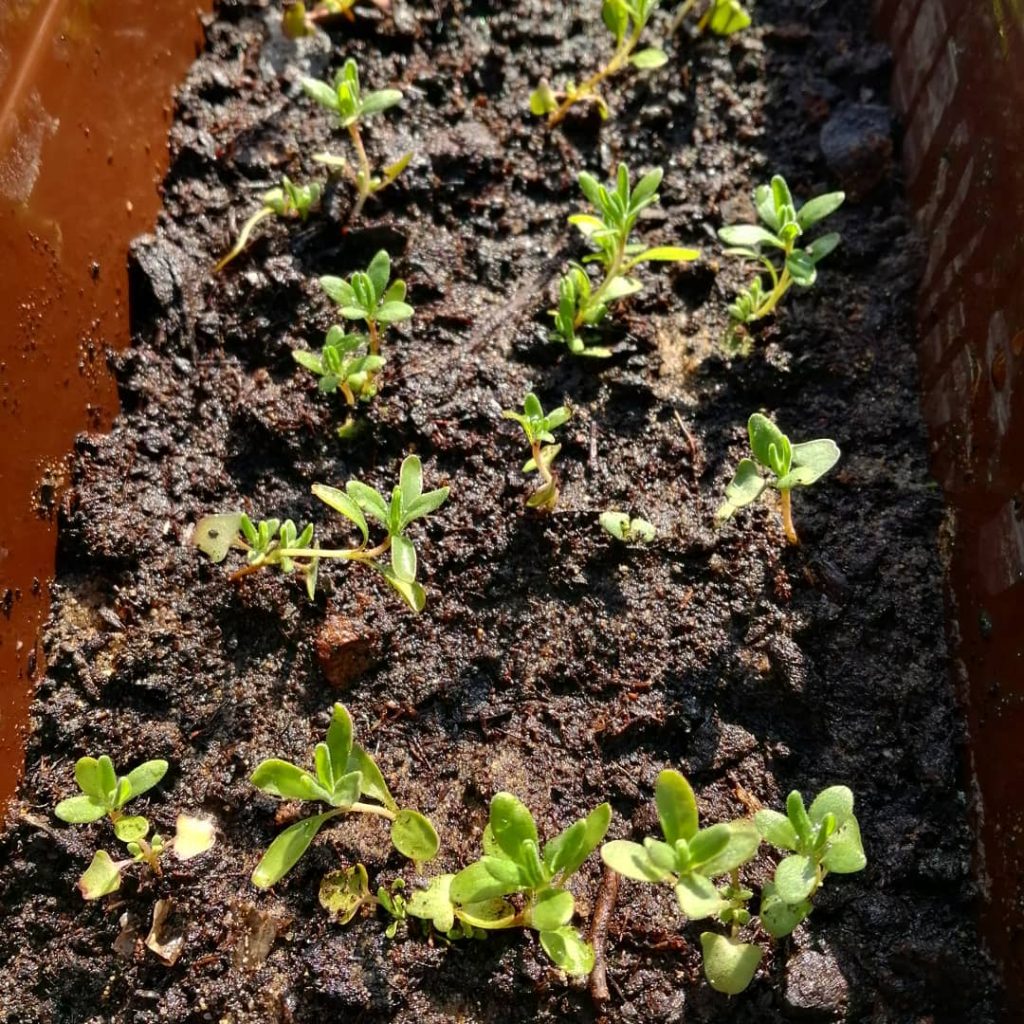
Lavender and bees
Lavender and bees belong together. Lavender is the most honey plant ever, and attracts bees with its color and aroma. Lavender honey is one of the highest quality honeys in the world. Lavender also has beneficial effects on bee vitality. We are even testing the effects of lavender essential oil on the prevention of parasites and bee diseases. We know that a large percentage of lavender essential oil has excellent effects on removing the honeycomb coil from the hive. We are sure that one day we will be able to put together the right combination of essential oils of lavender and other herbs and plants, and we can fight parasites and bee diseases in an ecological way. Just as bees need lavender, so lavender needs bees to pollinate it and help diversify its scents.
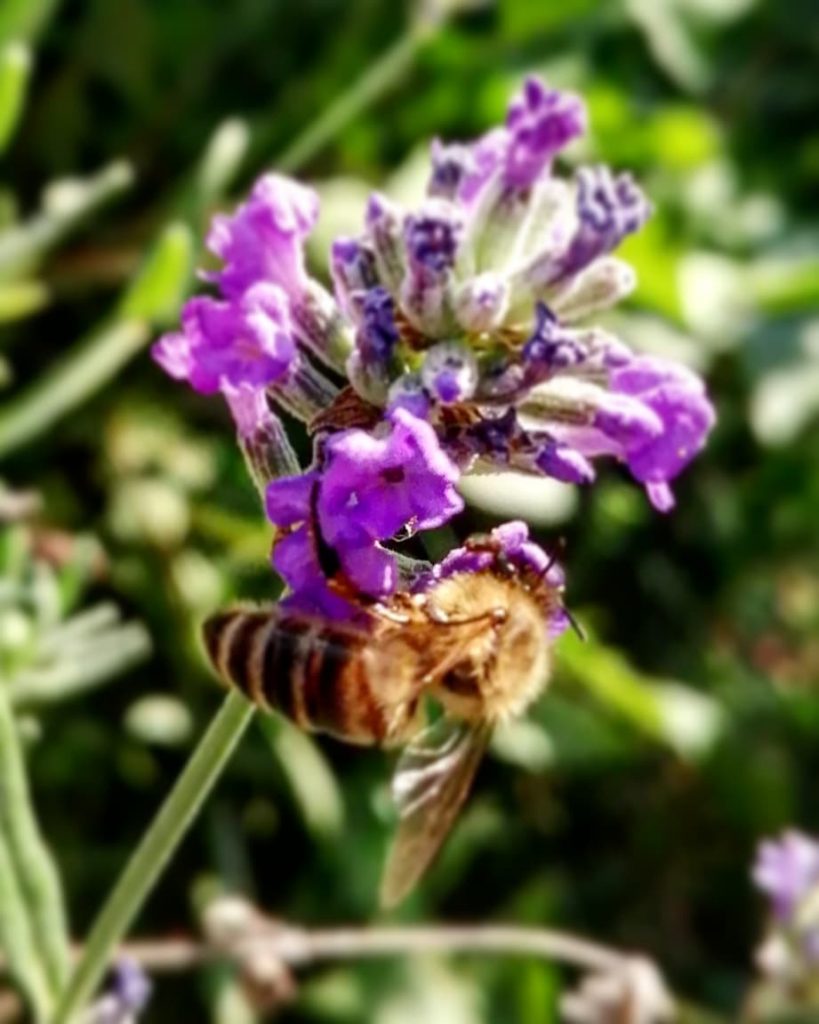
We have been growing lavender for 6 years, every year we develop knowledge about this amazing herb. We propagate lavender with seeds and also with cuttings. We use the cuttings to clone the best cultivated quality from seeds. We also produce products such as syrups from lavender, we dry lavender into aromatic bags, we also distilled lavender on our own and made our essential oil. In the last year, we have experimented with lavender mainly depending on the treatment of bees and the prevention of bee diseases.
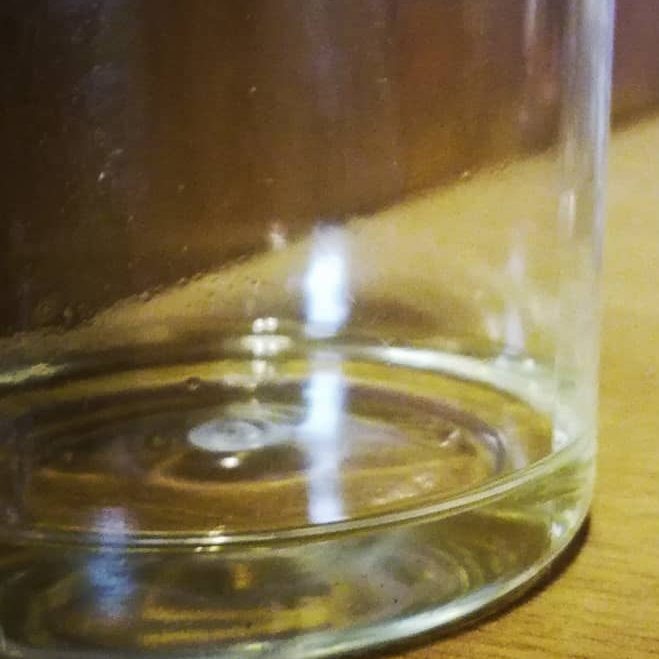
Follow us on Instagram, Facebook and we will bring you more knowledge on our website.



